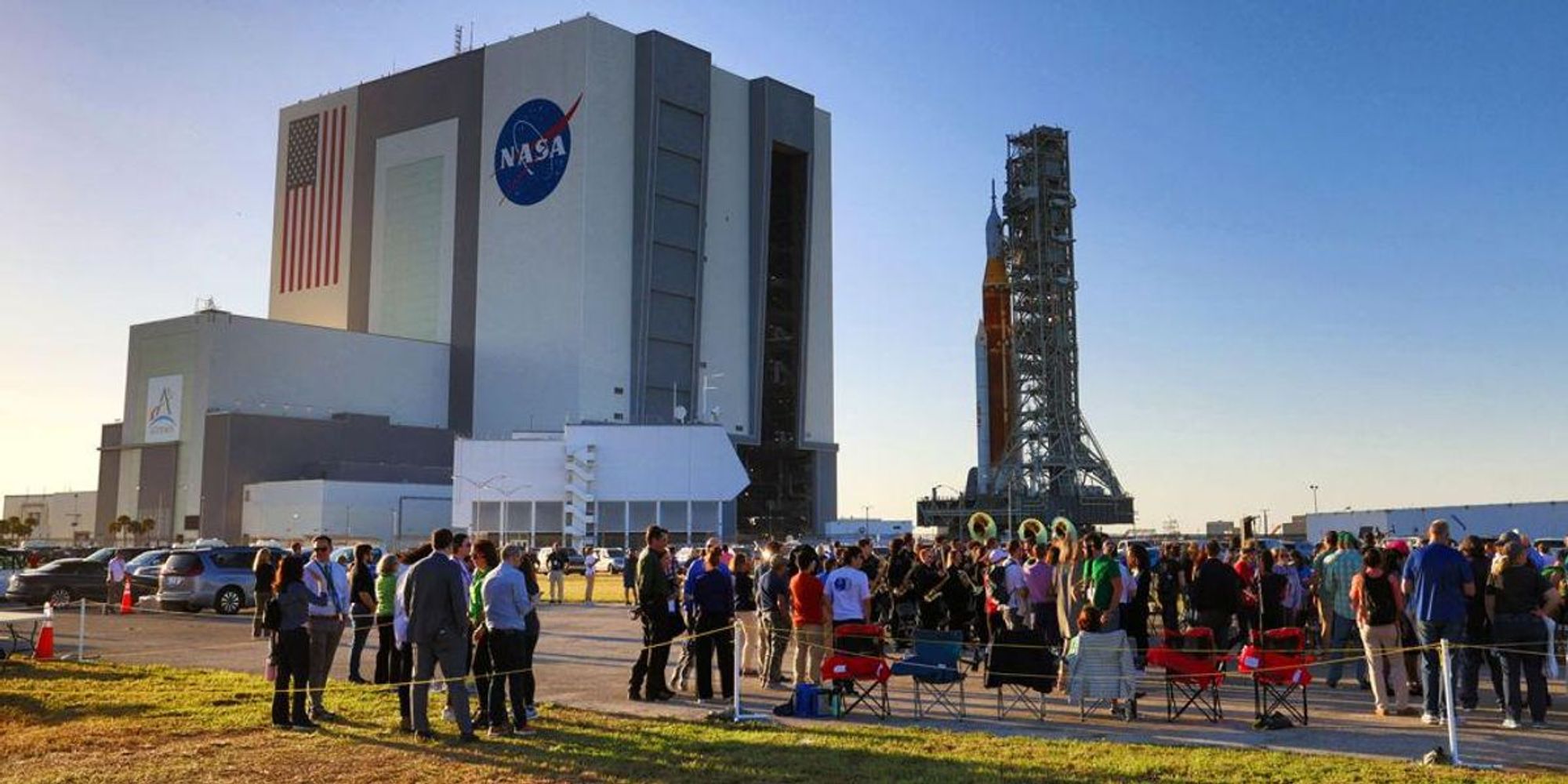NASA’s Artemis 1 mission is scheduled to launch later this month, marking a major step toward NASA’s first human lunar landing since the last Apollo mission in 1972.
Artemis 1 is an uncrewed test flight. The flight will feature the first blastoff of the Space Launch System rocket, which will be the most powerful in the world. The rocket is scheduled to launch from Florida’s Kennedy Space Center on August 29.
The Artemis program kicked off in 2017, and so far it has cost about $40 billion, according to Wired.
Tourism officials in Floria are already preparing for massive crowds hoping to catch a firsthand glimpse of the launch. “We are expecting capacity crowds at Kennedy Space Center Visitor Complex for the upcoming Artemis launch,” said Therrin Protze, the visitor complex’s chief operating officer, according to the Orlando Sentinel.
The mission has injected a renewed sense of optimism and excitement at NASA. At the Johnson Space Center, astronaut training has ramped up quickly, and employees at the nearby Neutral Buoyancy Lab are working hard to recreate the lunar environment at the bottom of the facility’s pool.
“It’s only been in the last few months that we started to put the sand on the bottom of the pool. We just got that large rock in two weeks ago,” said the lab’s deputy chief Lisa Shore. “It’s all very new for us and very much in development.”
Artemis 1 is part of NASA’s long-term “Moon to Mars” program. The agency hopes to send astronauts to our planetary neighbor within 20 years. “Everything that we’re doing on the lunar surface, we’re doing to explore for science … but also to test out all of the systems that we’ll eventually need to bring down risks for a human mission to Mars,” said Cathy Koerner, a deputy associate administrator at NASA.
Officials view the Artemis program as a successor to the famed Apollo missions that sent the first humans to the moon. The connection is evident in the missions’ names: In Greek mythology, Artemis was the twin sister of Apollo.
“I’m going to be so excited. I won’t be able to sleep too much, I’m sure of that,” said Rick LaBrode, the lead flight director for Artemis 1 and a 37-year NASA veteran.
Assuming Artemis 1 is a success, Americans may set foot on the moon as soon as 2025.
